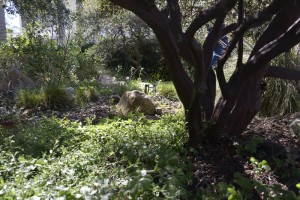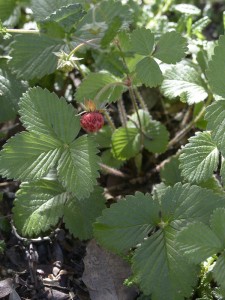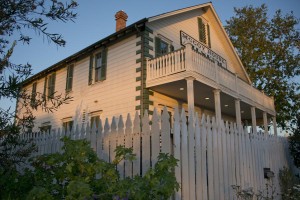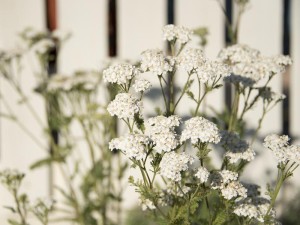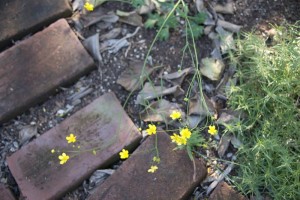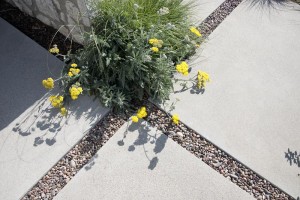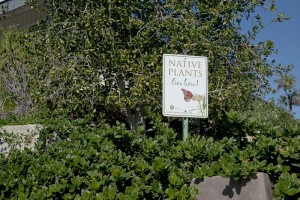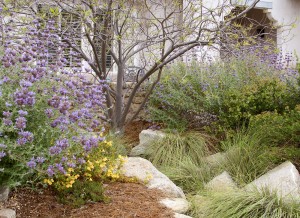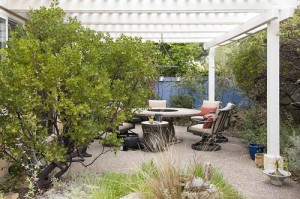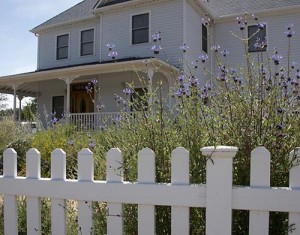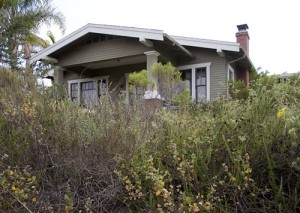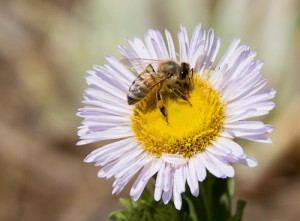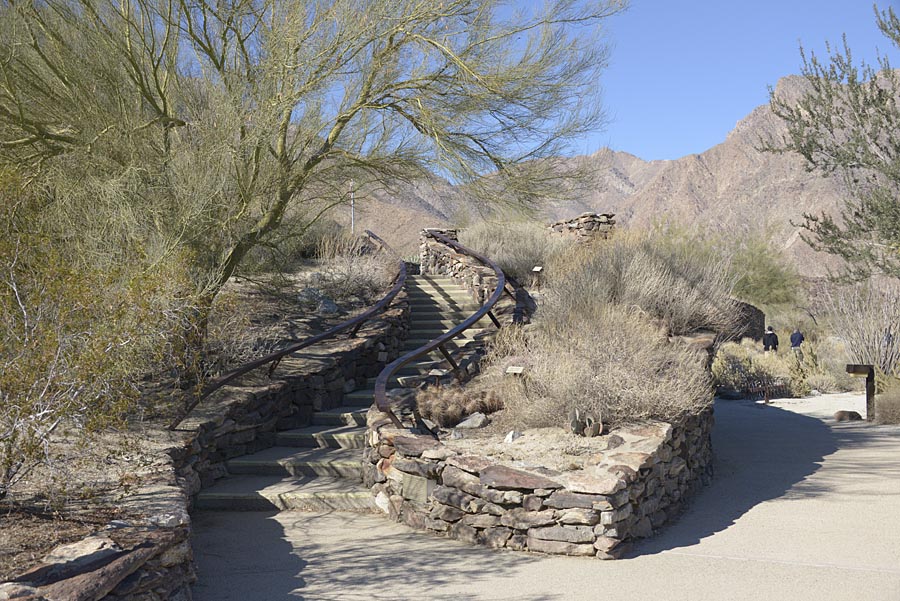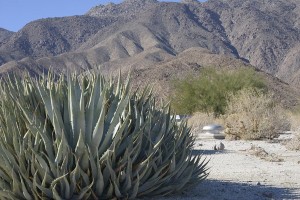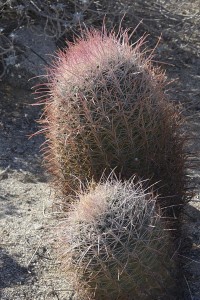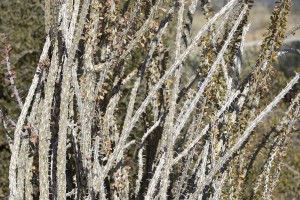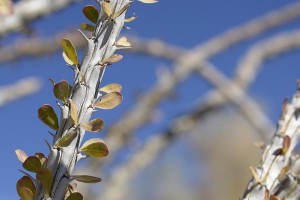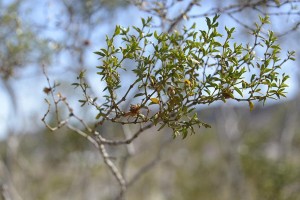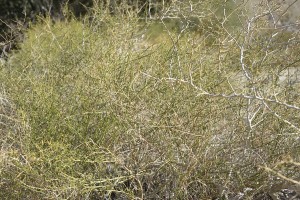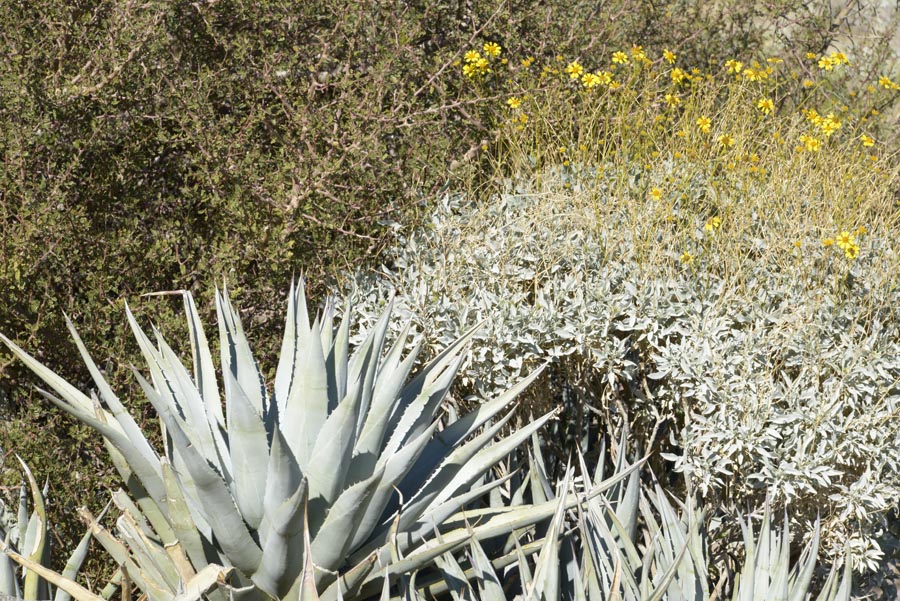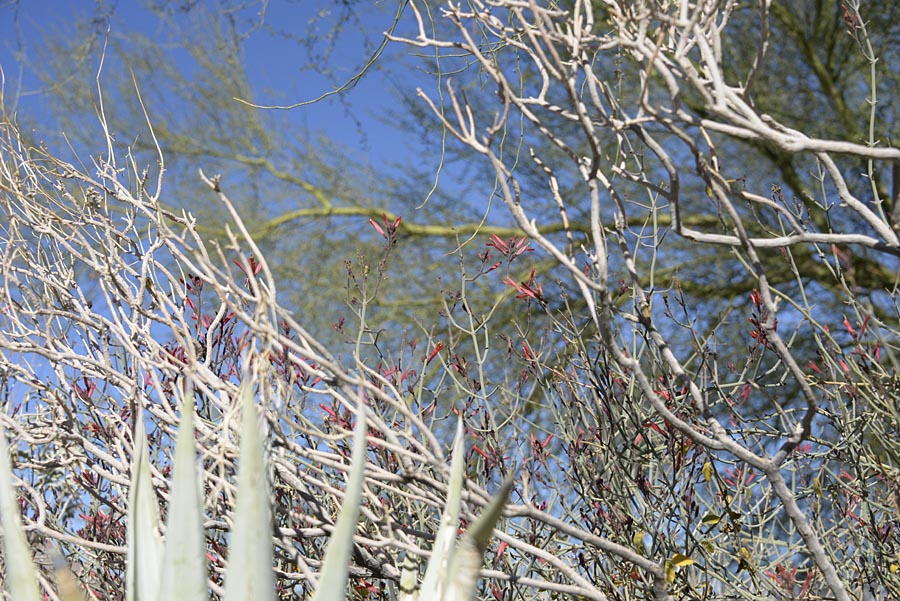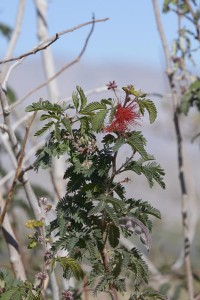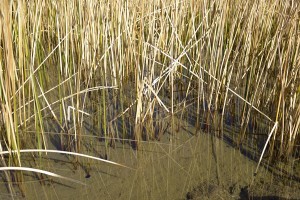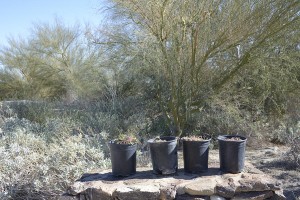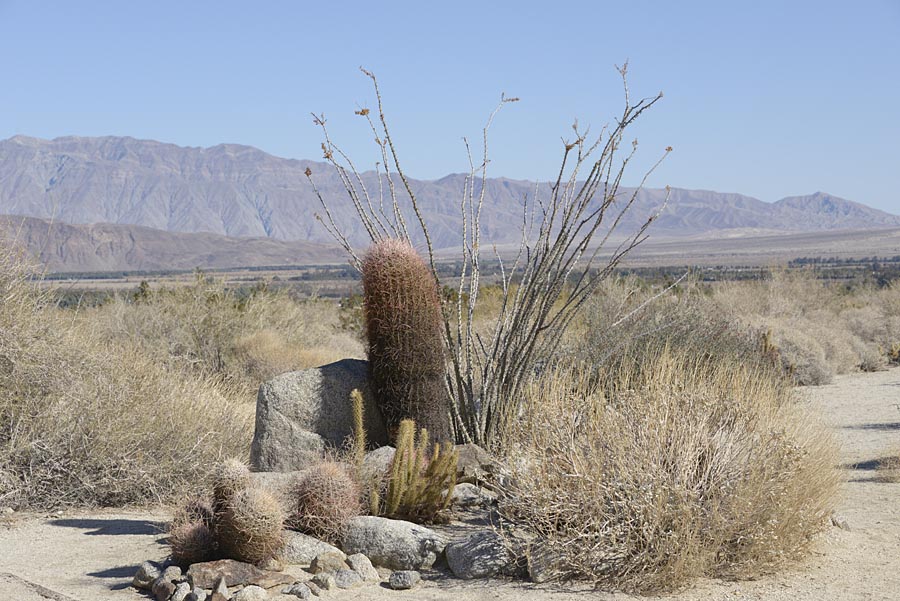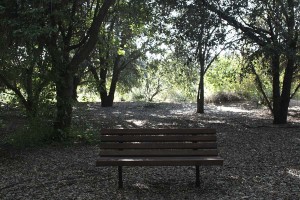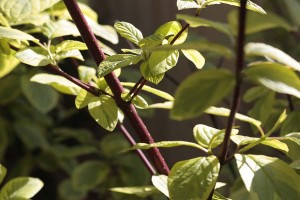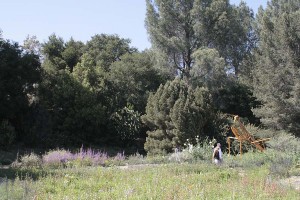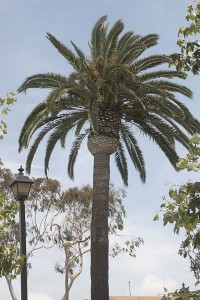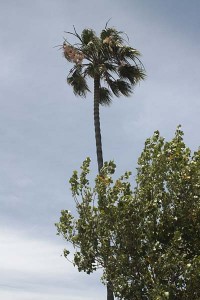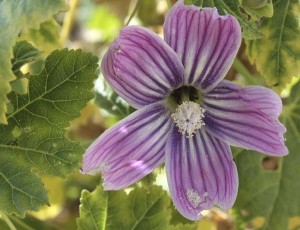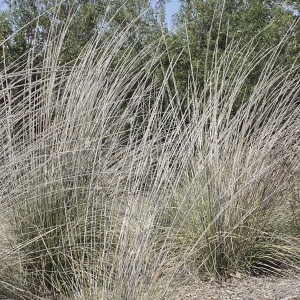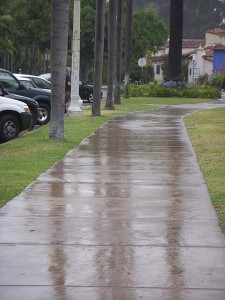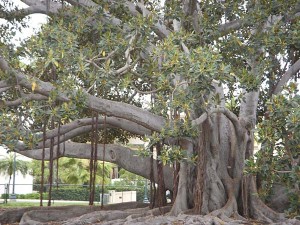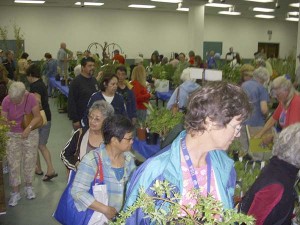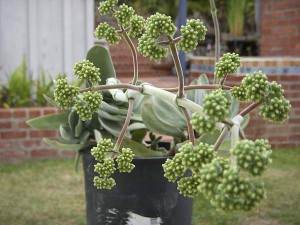 Helen Popper’s recent book (March, 2012) California Native Gardening hit my mailbox a few weeks ago. It’s been reviewed [ here ] and [ there ], and it looked worth checking out.
Helen Popper’s recent book (March, 2012) California Native Gardening hit my mailbox a few weeks ago. It’s been reviewed [ here ] and [ there ], and it looked worth checking out.
The quick take on this new guide: Yes, it’s a good book, and it’s a nice supplement to other books out there on horticultural uses of California native plants.
Look at its title and you’ve got a good idea of its focus: California Native Gardening. That’s the active verb-noun “gardening” at the end, and the gerund signals that this is a book about doing and not just sitting back and admiring.
The core of the book is organized around the months of the year. This being California, it begins with October, the beginning of our “spring,” our annual renaissance. It’s a useful device to get readers to rethink traditional notions of a garden’s cycles and get used to how plants behave in our Mediterranean climate.
Each month presents you with a list of tasks for the month, and each of the tasks is developed into several paragraphs of explanation. May’s essays are: Let Wildflower Seeds Ripen, Pinch and Prune, Propagate with Cuttings, Water Now Before the Heat of Summer, Plant and Sow, and Weed and Mulch. (Different months have different lists of things to do.) Each area under the larger headings generally gives you a short list of plants that you would be applying that task to that month. Under the section on cuttings, for instance, we’re told that several shrubs and perennials are good for attempting propagation by cuttings this month, including golden currant, wild mock orange, coyote bush, tree anemone and yerba buena.
Lest you fear that the book will leave you exhausted after all your chores, each month also ends with a section called What’s in Bloom. Here you’ll learn some of the plants that are likely to be in bloom this month, with May hosting flowers from sulfur buckwheat, California phacelia, grape soda lupine and western columbine, among over a dozen others. You can sit back and enjoy the blooms or add the plants to a shopping list for next fall in case the garden is lacking flowers during parts of the year.

The ecological niche that this book occupies places it in the company of cultural guides like the under-appreciated Care & Maintenance of Southern California Native Plant Gardens by Bart O’Brien, Betsey Landis and Ellen Mackey. The O’Brien book organizes its garden tasks around plants and what they require throughout the year. California Native Gardening uses the month-by-month approach, which sometimes spreads out tasks for one plant over several months. For instance we learn that coyote bush, is a good candidate for cuttings in January, February, May and September, which can be a lot of page-flipping if you’re interest in a plant and not necessarily the month. Both methods of presenting tasks are imperfect ways to organize information, and you can decide for yourself which one you might respond to. Also, California Native Gardening carries a wider selection of plants from around the state. If anything, it seems to have a slight–not huge–bias to the north, though I could be imagining this. Related to this thought, many of the plants that make up a typical native plantscape also come from the north. I’d be curious to see what others think on this point.
So, in the end, I’d definitely recommend this book to cover the active gardening activities of having a California native plant garden. It doesn’t present a lot of information on garden planning and design, something that is better dealt with in books written with that purpose in mind. (My favorite in that category is Designing California Native Gardens: The Plant Community Approach to Artful, Ecological Gardens by Glenn Keator and Alrie Middlebrook.) But whose library consists of only one book? Add this to yours.
PS: It’s got nice pictures, too.

